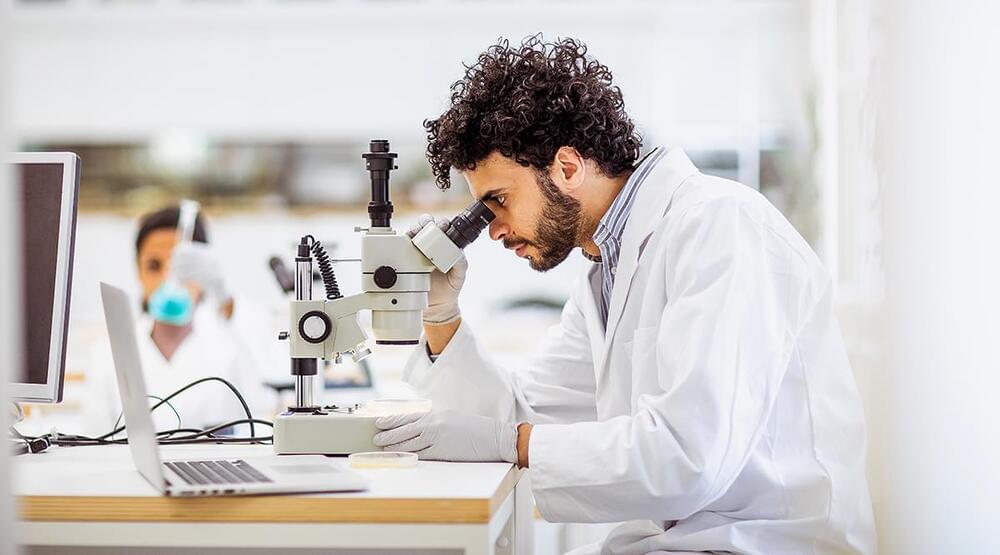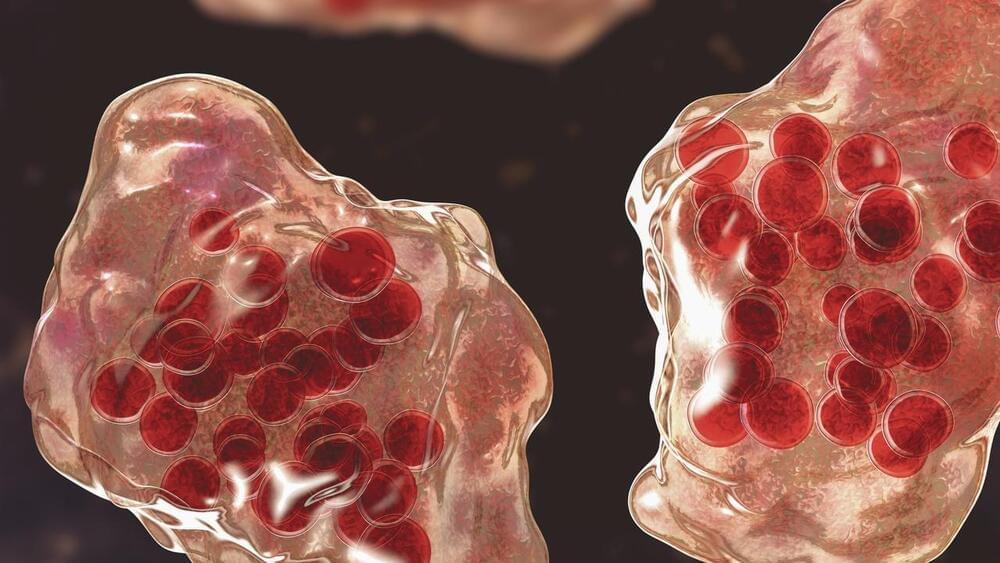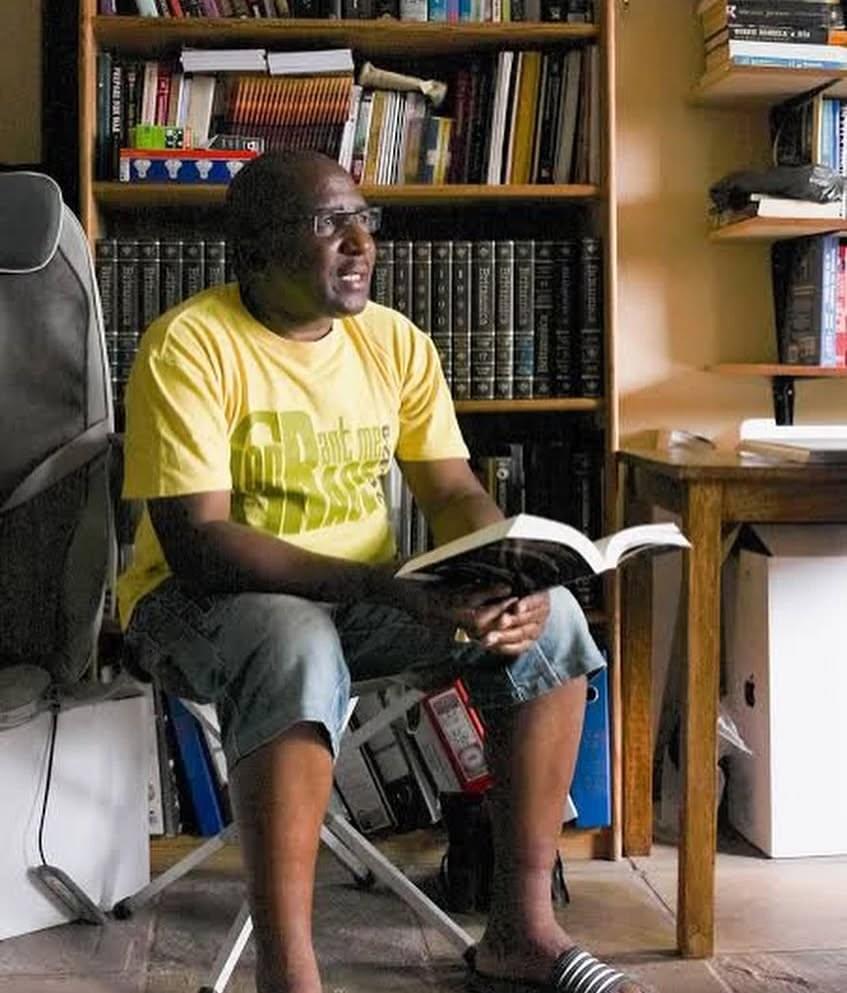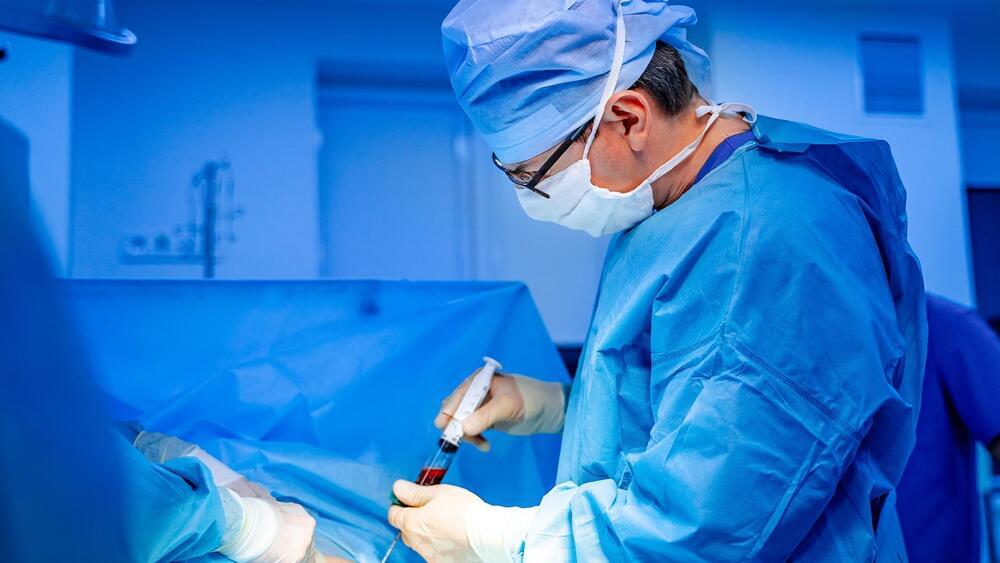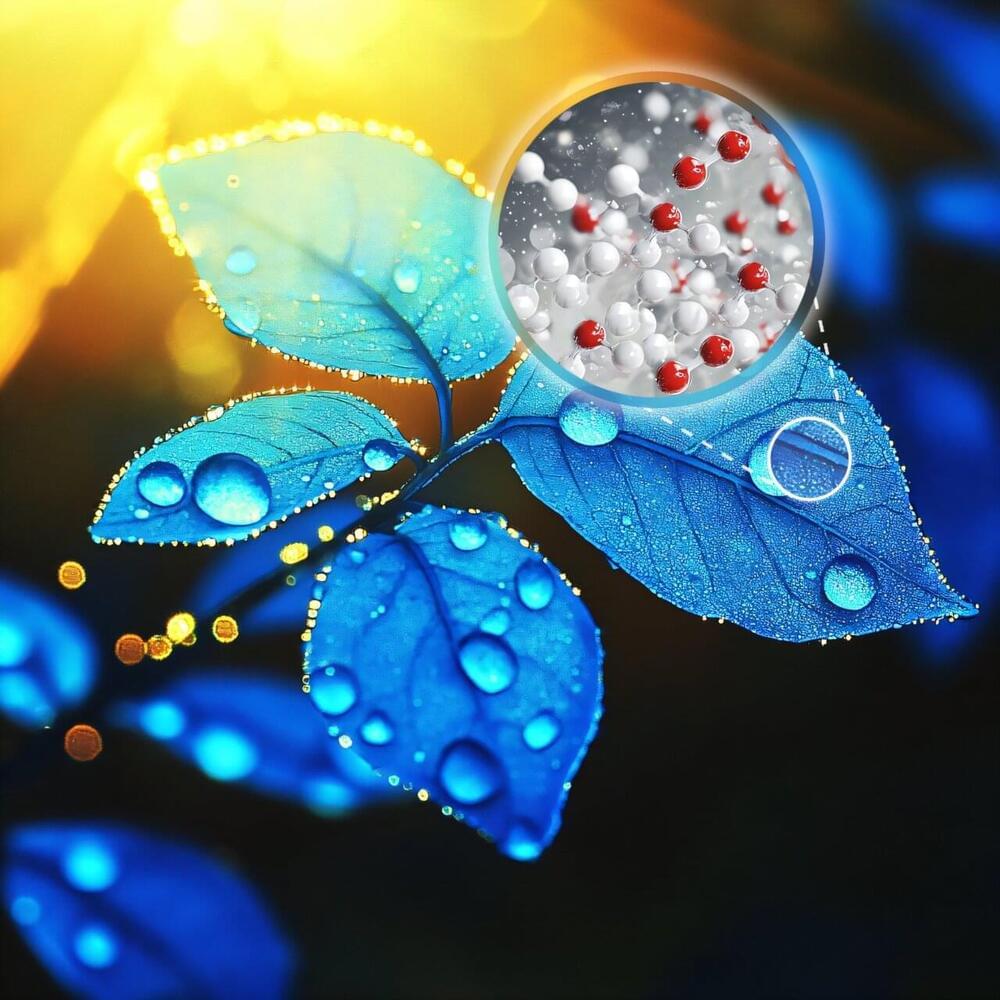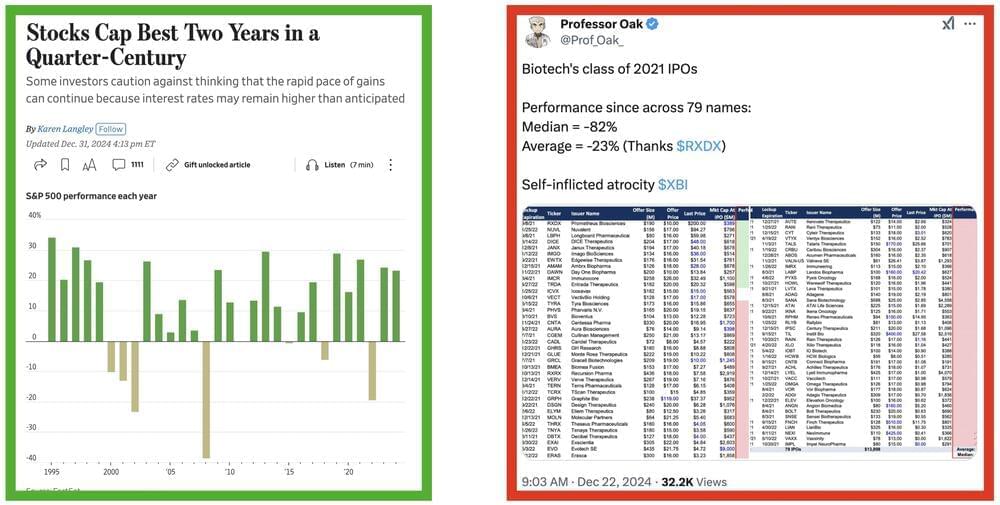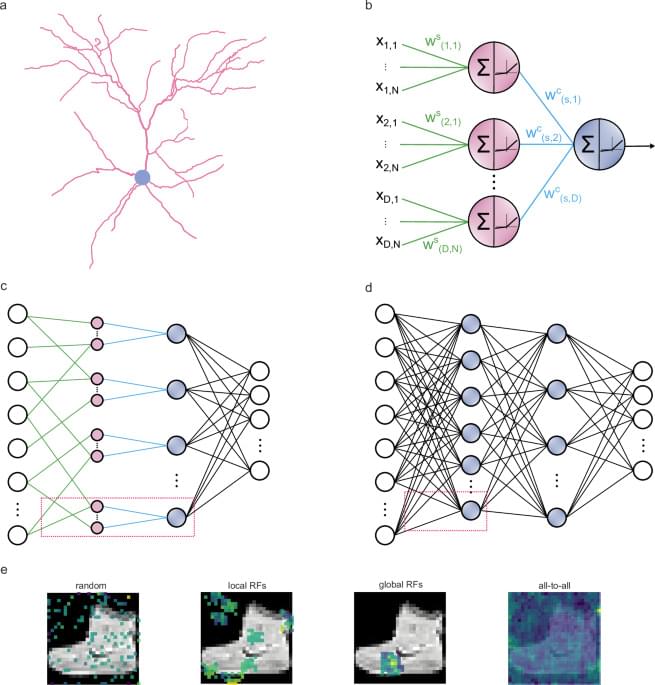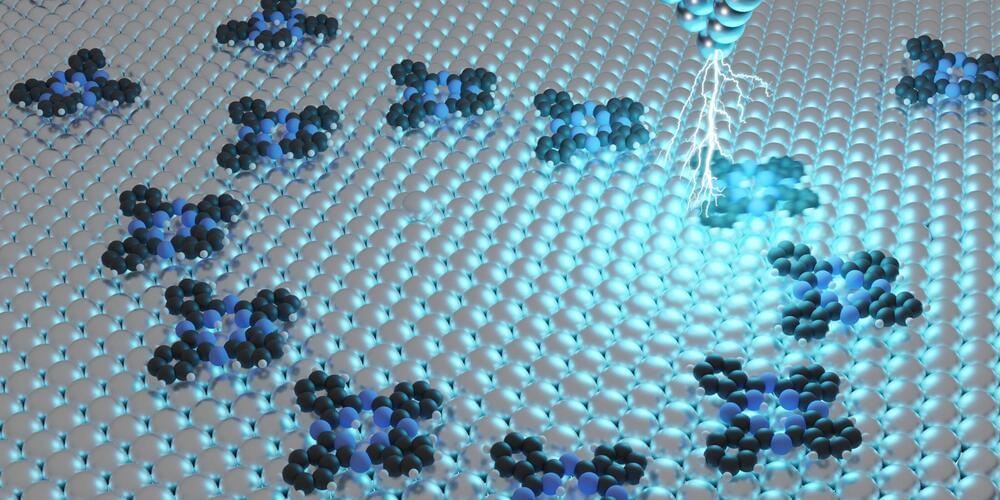AI tools are analyzing images and tissue samples to detect cancer sooner and more precisely. Doctors hope to improve and accelerate patient care.
A major measles alert has been issued for two Australian states.
An urgent measles warning has been issued for two states after a toddler arrived in Australia from Vietnam with the infectious and deadly disease.
The South Australian government issued a warning after being notified of a three-year-old infected with measles travelling from Vietnam on Singapore Airlines flight SQ279, landing in Adelaide about 8.45am on Tuesday January 14.
Over the week, the toddler visited a number of places, including Kmart and Coles supermarket in Ingle Farm Shopping Centre on Wednesday January 15 before attending the Women’s and Children’s Hospital on Friday January 17.
Medical breakthroughs often change lives, but some redefine what’s possible for the future of healthcare. This historic achievement brings hope to millions around the world.
Discover the story of how one doctor’s groundbreaking work is reshaping what we know about hearing loss and recovery.
Imagine living in a world of perpetual silence—where the laughter of loved ones and the melody of a favorite song are mere concepts, never experienced. For millions across the globe, this silence is a daily reality caused by hearing loss. Yet, a breakthrough in medical science has rewritten the possibilities, turning silence into sound. At the center of this transformation stands Dr. Mashudu Tshifularo, a South African surgeon whose revolutionary use of 3D-printed implants has achieved what was once deemed impossible: curing deafness.
Research into stem cells has paid off as 68-year-old Paul Edmonds remains effectively cured of both HIV and leukemia following treatment that included a breakthrough stem cell transplant in 2019. Now, five years after the treatment, Edmonds continues to live his life free of HIV and leukemia.
This makes Edmonds one of only five people in the world who have achieved full remission of HIV. Further, his 31 years of living with the virus also means he had it the longest out of the five in remission. It’s a striking accomplishment that he has remained in remission for so long and showcases just how effective these kinds of treatments can be.
Stem cell transplants aren’t a new idea, either. What particularly makes this treatment so effective and intriguing, though, is that the transplant donor had a rare genetic mutation called homozygous CCR5 delta 32. This mutation makes people immune to most types of HIV.
Scientists have long sought to understand the exact mechanism behind water splitting by carbon nitride catalysts. For the first time, Dr. Paolo Giusto and his team captured the step-by-step interactions at the interface between carbon nitride and water, detailing the transfer of protons and electrons from water to the catalyst under light.
This discovery lays critical groundwork for optimizing catalyst materials for hydrogen production as a renewable energy solution. The findings are published in the journal Nature Communications.
Plants use light to generate fuels through photosynthesis—converting energy from the sun into sugar molecules. With artificial photosynthesis, scientists mimic nature and convert light into high-energy chemicals, in pursuit of sustainable fuels. Carbon nitrides have long been identified as effective catalysts in this ongoing quest. These compounds of carbon and nitrogen use light to break water into its constituent parts, oxygen and hydrogen—with hydrogen representing a promising renewable energy source.
A blog webpage written by entrepreneur Matt Krisiloff which offers helpful advice to scientific founders of biotechnology companies on how to fundraise and manage relations with investors.
“Because of examples of great success in the broader technology world, we’re seeing the emergence of what I’d call a more ‘Silicon Valley’ mindset in biotech investing. This approach prizes technology development at the core of the company’s DNA and – drawing from examples in tech such as Microsoft and Meta and in biotech such as Regeneron and Genentech – recognizes that technical founders who can grow into business leaders often build more innovative and ultimately more successful companies. This shift has opened up new avenues for fundraising that founders should understand and look towards”
[](https://mattkrisiloff.com/2025/01/07/fundraising-for-found-led-biotech/)
At this point in my career across the biotech-related projects I’ve run, I’ve personally raised about $100 million. In some ways this feels like a lot, but given the scope of biotech and hard tech projects I care most about, it’s really just a drop in the bucket. From these experiences though, I’ve learned some things that I believe can help other founders navigate fundraising, and want to share them – especially for newer founders working on interesting technologies that may be approaching fundraising for the first time.
Start building on Together AI at https://www.together.ai/berman and for a limited time unlock free access to Llama 3.2 and FLUX schnell model endpoints.
Join My Newsletter for Regular AI Updates 👇🏼
https://forwardfuture.ai.
My Links 🔗
👉🏻 Subscribe: / @matthew_berman.
👉🏻 Twitter: / matthewberman.
👉🏻 Discord: / discord.
👉🏻 Patreon: / matthewberman.
👉🏻 Instagram: / matthewberman_ai.
👉🏻 Threads: https://www.threads.net/@matthewberma…
👉🏻 LinkedIn: / forward-future-ai.
Media/Sponsorship Inquiries ✅
Artificial neural networks, central to deep learning, are powerful but energy-consuming and prone to overfitting. The authors propose a network design inspired by biological dendrites, which offers better robustness and efficiency, using fewer trainable parameters, thus enhancing precision and resilience in artificial neural networks.
When Things Start Disappearing in the Universe without a trace. My Patreon Page: https://www.patreon.com/johnmichaelgodierMy Event Horizon Channel: https://www.youtube.com/img/desktop/supported_browsers/yt_logo_rgb_light.png
The chemical composition of a material alone sometimes reveals little about its properties. The decisive factor is often the arrangement of the molecules in the atomic lattice structure or on the surface of the material. Materials science utilizes this factor to create certain properties by applying individual atoms and molecules to surfaces with the aid of high-performance microscopes. This is still extremely time-consuming and the constructed nanostructures are comparatively simple.
Using artificial intelligence, a research group at TU Graz now wants to take the construction of nanostructures to a new level. Their paper is published in the journal Computer Physics Communications.
“We want to develop a self-learning AI system that positions individual molecules quickly, specifically and in the right orientation, and all this completely autonomously,” says Oliver Hofmann from the Institute of Solid State Physics, who heads the research group. This should make it possible to build highly complex molecular structures, including logic circuits in the nanometer range.
